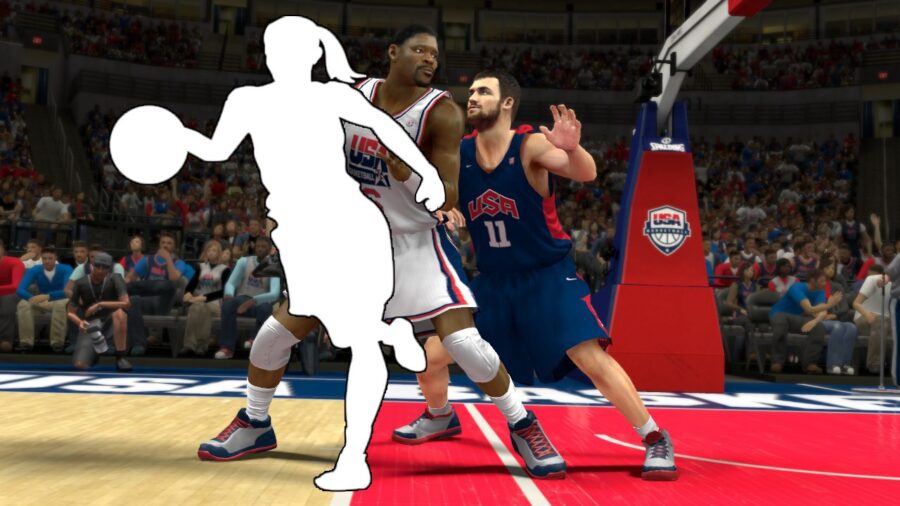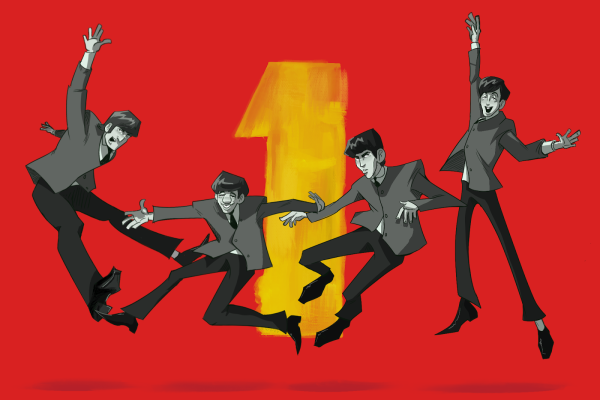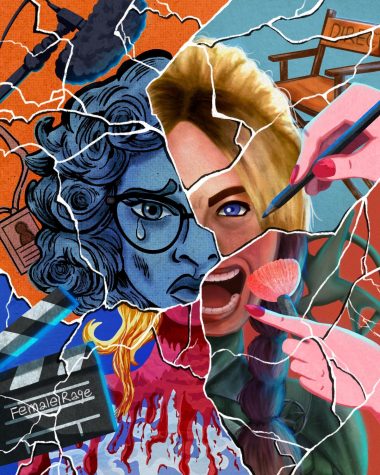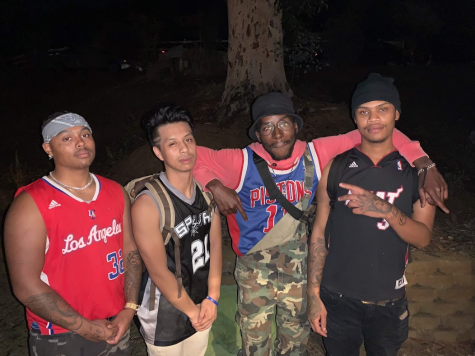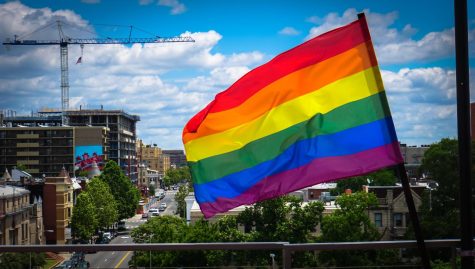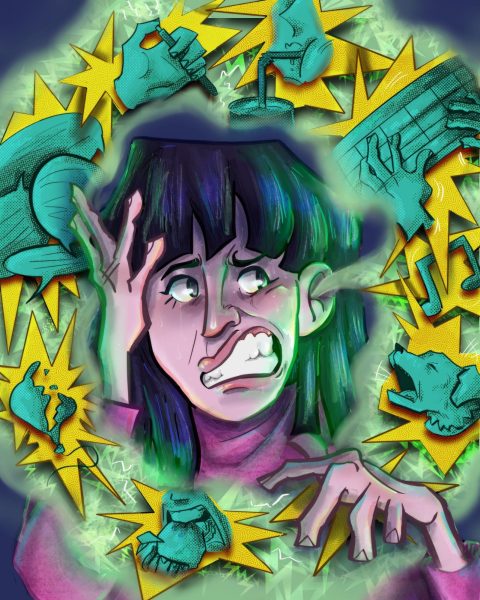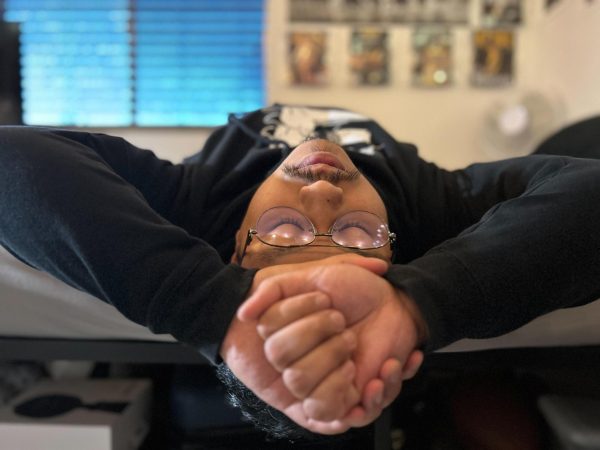We’ve got balls, but no joysticks
Women call a foul on lack of representation in gaming
When it comes to playing video games, I can keep up with the best of the boys. From Call of Duty to Halo to Gears of War, I reign supreme. But one thing is obvious: Female representation in these games is limited if not completely absent. There are some games that allow girl gamers to play as female characters. While I enjoy playing games like Laura Croft: Tomb Raider, these games are more about stories and adventure than action.
As a female athlete, one game is particularly frustrating. NBA 2K is a video game that allows gamers to play as their favorite athletes. The game was developed by Sega in 1999, and then sold in 2005 to 2K Sports, a publishing label of Take-Two Interactive. It is a tradition for NBA 2K to put the MVP of the previous season on the cover of the next game released. It is no secret that the Women’s National Basketball Association, WNBA, is overshadowed by the National Basketball Association, NBA, in more ways than one. The NBA consists of 30 teams while the WNBA only has 12 teams.
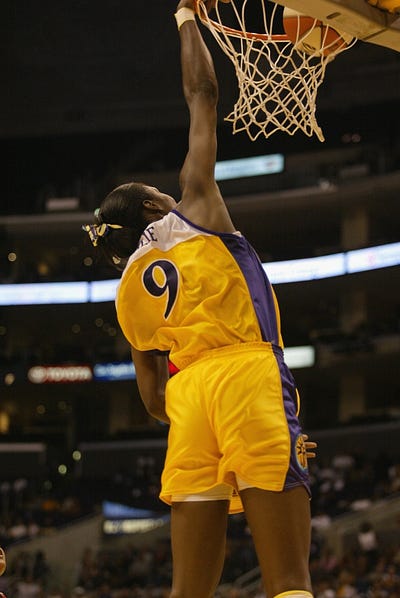
My favorite female basketball players are Lisa Leslie, Elena Delle Donne, Maya Moore, Skylar Diggins, Candace Parker and Tamika Catchings, but none of these athletes are featured in these games. The reasons for the lack of female representation is questionable.
Some say it is because the WNBA does not have a large fan base. While it is true that the WNBA does not garner the ratings of the NBA, ratings are on the rise. From 2012 to the present, the league has seen an increase in its ratings. Sports Media Watch reported that the WNBA finals hit an all time high this year with the the three-game Mercury/Sky WNBA Finals averaging 659,000 viewers across the ESPN family of networks, up 91 percent from last year. In an article in late 2013, sports blogger Joe Lucia reported that WNBA viewership was increasing. The WNBA averaged 231,000 viewers in 2013; a 28 percent increase from 2012 which only had a 180,000 viewer average. Lucia wrote: “If the WNBA didn’t see a substantial increase in their viewership this season after star rookies Brittney Griner, Elena Delle Donne, and Skylar Diggins entered the league, there would be a real problem going forward.” In games where these players matched up, there was a huge increase in the ratings. By just having these three players in the league, the fan base has increased, and it is predicted it will continue to increase as the 2014 season comes to an end.
Tajeh Porter, a 24-year-old culinary arts major and girl gamer at Riverside Community College, said the WNBA struggles with keeping a fan base and filling up seats. “It’s understandable that someone wouldn’t want to produce a game because, who would buy it?” Porter said.
Jerrell Wilkerson, a 26-year-old Los Angeles County-based avid sports gamer, said, “Honestly, it doesn’t surprise me the WNBA isn’t marketed like the NBA.” He added that he would not buy a WNBA video game.
There also appears to be some outright hatred directed at the WNBA. Charles Zegers wrote in a 2011 post on the Good Men Project blog that the WNBA “inspires venom and outright hatred.” This sparked a flood of comments from men voicing that it is not hatred of the WNBA but a lack of interest in women’s basketball. There was a common thread in the comments. Most knocked female sports in general, with comments like “they suck compared to men” and “women’s basketball is boring.”
“The hatred of the WNBA is all about keeping women and men in their place. Men are athletes. Women are not. And everyone knows that. Everyone agrees on that. Everyone will always agree on that.” — ESPN blog comment
But ratings and fan interest aside, the most disturbing aspect of this issue is the negative, racist and sexist comments toward female athletes. It is hard to forget the 2007 incident on MSNBC’s Imus in the Morning when radio host Don Imus referred to the Rutgers University women’s basketball team, comprised of eight African-American and two white players, as “nappy-heady hoes.” Judging from the pages of comments on various articles, sports blogs, and forums against female basketball players, little has changed. A majority of the comments are downright insulting.
One commenter wrote: “Maybe if they weren’t dressed like men they would build a fan base and people would actually get more into the games and players.” Other comments were much worse.
But the gaming industry is changing, and women now make up nearly half of the gaming world. According to Essential Facts About the Computer and Video Game Industry, a study conducted in 2014 by the Entertainment Software Association, women make up 48 percent of the gaming world while men make up 52 percent. The study also found that women 18 and older are gaming more than boys under the age of 18.
NBA2k is getting ready to release NBA 2K15 on Oct. 7, but there still has been no talk of release of a WNBA video game. Even if 2K just provided the option for players to play as the WNBA members, it would show support. Whether they choose to use it or not would still be a step in the right direction for female athletes and gamers.
Brian Crichlow, coach of women’s basketball at Mt. San Antonio College, said the reason that women are not represented in sports video games comes down to money. “The [women’s] market doesn’t sell like the men’s because male sports are glorified. It’s all about profit sales.”
Christopher Pritchett, a 25-year-old avid 2K sports gamer, said it’s time for women to be represented. “I feel like it’s unfair to not have experimented with a WNBA game nearly 20 years of the association’s conception.” He added that easing people into the idea of a WNBA video game might be a better approach. “Implementing women into the game is something consumers can utilize or not utilize just as many of the other 2K features. Then gamers would not feel as if the WNBA experience is being forced upon them.”
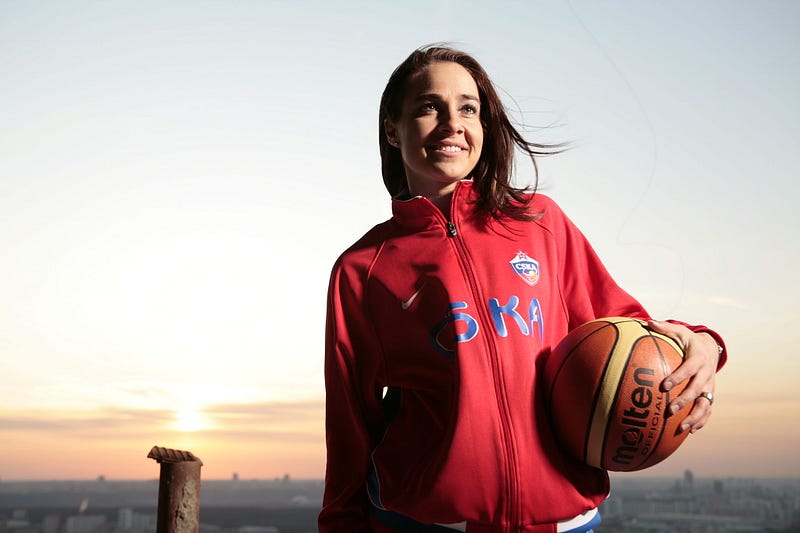
But things are looking up for women basketball players. Rising popularity of the WNBA and some recent moves by the NBA is helping to knock down barriers. Take the recent hire of Becky Hammon, a former player with the WNBA’s San Antonio Stars. She was named assistant coach of the NBA’s San Antonio Spurs, making her the first full-time paid female assistant coach on an NBA coaching staff. She said in an interview last month with ESPN that things have never come easy. “I’ve always been someone who did it uphill.” Perhaps it is just a matter of time until the sports gaming industry realizes that there is a demand for females in sports games.
For now, I will wait for the day when I can game play as one of my favorite female athletes and feel like I did at age 12 when I watched Lisa Leslie dunk for the first time, thinking … that could be me.
Substance is a publication of the Mt. San Antonio College Journalism Program. The program recently moved its newsroom over to Medium as part of a one-year experiment. Read about it here: https://medium.com/substance/the-experiment-be947b2ba13e

